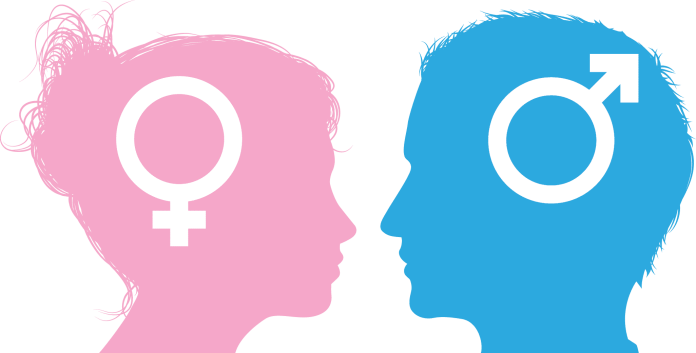Sri Lanka is facing a significant demographic shift with a noticeable decline in the male population, a trend that could lead to a series of socio-economic crises in the near future, warns Professor Aminda Methsila of the Wayamba University.
He pointed out that in 1995, there were approximately 100.2 males for every 100 females in the country. However, this ratio has since dropped to 93.7 males per 100 females.
According to Professor Methsila, several factors have contributed to this imbalance — including the higher life expectancy of women, increased female birth rates, and the outmigration of young men for employment opportunities overseas.
“We’re seeing this reflected in universities and other higher education institutions as well. Apart from fields like engineering and technology, women now dominate most academic disciplines. A large number of women are entering the labour force, but if there continues to be an imbalance between the male and female populations, there could be serious repercussions,” he said.
He emphasised that this demographic disparity could affect labour productivity and employment, especially in industries that have traditionally employed only men.
“There are sectors where jobs are largely reserved for men. If we don’t have enough males in the population to fill those roles, it could lead to serious economic disruptions,” he noted.
Professor Methsila stressed the need for urgent government intervention.
“If there aren’t enough eligible men for women to marry, this could create long-term social challenges. While urban or wealthy women may not face difficulties in finding partners, rural and economically disadvantaged women may struggle. This issue could affect the country for generations, and it is essential that the government explores solutions now, rather than later,” he added. (Courtesy: Ada Derana)






